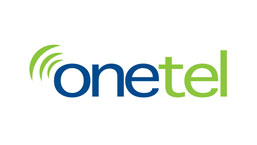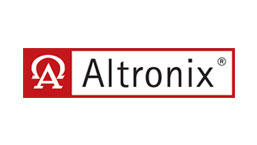CSAA Kicks Off CSAA/Verisk Data Exchange Project
The CSAA (Central Station Alarm Association) Board of Directors formally approved the CSAA/Verisk Data Exchange Project at its October 11 annual meeting in Sonoma, CA.
The project goal is to study the impact of professionally monitored alarm systems on insurance risk. This will be accomplished by combining CSAA member alarm system data with Verisk’s proprietary insurance data. Insights from this study could be used in filings for updated discounts with insurance department regulators. This project will also assess the relevancy and value of alarm system data in the insurance underwriting, pricing and claims handling process.
Verisk Analytics (Nasdaq:VRSK) is a leading data analytics provider serving customers in insurance, energy, healthcare, financial services, government, and risk management.
CSAA president Pam Petrow, president/CEO of Vector Security, related that “this project is the most important collaboration between the alarm industry and the insurance industry in a generation. Working together with Verisk will quantify the value of security solutions to reduce risk and give the insurers a reason to offer their policy holders incentives for professionally monitored alarm systems.”
Anthony Canale, vice president of Verisk Crime Analytics, added, “We’re excited to work with CSAA and use alarm system data to create risk models for our insurance stakeholders to help them quantify risk, reduce losses and improve their customers’ experience.”
Jay Hauhn, the executive director of the CSAA, stated that the CSAA/Verisk Exchange Committee (CVEC) will drive this data collection and analysis project and include several subcommittees.
Keith Jentoft, president of Videofied and a strong advocate of insurance/security alliances, has been appointed to chair the CVEC and is working with CSAA members to organize the committees and define project milestones. Don Young, COO of Protection 1, has been appointed as the board liaison giving the CSAA Board oversight and direction to the CVEC.



 “The addition of Stanley is a big step in the advancement of ASAP,” said CSAA Executive Director Jay Hauhn. “The growth of the program this year has been tremendous. With the numbers of ASAP-active alarm companies and interested PSAPs, I believe we have reached the point where we will see widespread deployment in 2016.”
“The addition of Stanley is a big step in the advancement of ASAP,” said CSAA Executive Director Jay Hauhn. “The growth of the program this year has been tremendous. With the numbers of ASAP-active alarm companies and interested PSAPs, I believe we have reached the point where we will see widespread deployment in 2016.”








